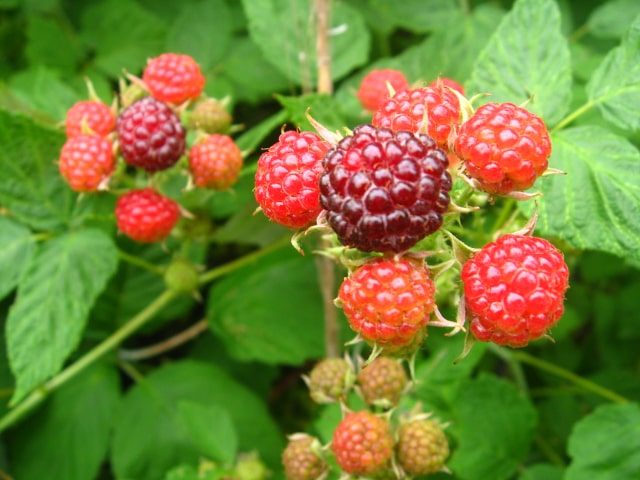
While most people prefer strawberries over raspberries, raspberries are a great fruit to grow. They are very tasty and packed with vitamins. They are definitely something you want to grow in your garden.
Having a raspberry patch in your garden means you can have your own fresh berries as soon as they are ready. Raspberries are sweet, tasty and provide many nutrients and vitamins your body needs.
One great thing about raspberries is that they don't require much care. Once you have planted them, you can leave them alone to thrive in your garden. You don't have to provide much care and they will still give fruit.
However, there are some things you can do to make your raspberries even better and with even more fruit. There are a few tips and tricks you can use to increase the number and quality of berries.
The most important things you should do to make your raspberries thrive are:
- Pruning
- Mulching
- Staking
If you do all of this you will ensure that your raspberries are strong, healthy and full of tasty berries.
Pruning
It's important to know that a cane will produce only leaves in the first year. It will start developing fruit in the second year. When the fruit is mature, the cane dies. This siw hy it should be cut down to the ground when it happens.
Top ensure the best quality and production of fruit, it's important to prune annually. Don't be afraid of pruning. It will help your plant. It's important to understand that a raspberry is basically a root system that develops shoots (canes). In the first year, a cane will produce only leaves that feed the root system. In the second year, a cane will produce both fruits and leaves. However, when the fruit is matured, the cane dies. This is why it's important to cut down canes that have produced fruits back to the ground. Do this every fall and spring.
It's also useful to thin out some of the one-year canes since this will provide more food and light to the remaining ones. Plus, your fruits will be larger and stronger. As a general rule, you should allow each cane at least 6x6 inch of space to grow. When pruning, leave the most vigorous canes to grow.
Mulching
You should add a 4 inch layer of mulch around your plants. It will keep the weeds away and help preserving the moisture. Weeds are a huge problem when it comes to raspberry maintenance. Perennial grasses and other weeds compete with your raspberry for resources, so you should keep them away.
Mulching is a good way to remove weeds so your raspberry can grow strong and healthy. A good mulch is made of clean straw, rotted sawdust, screened bark and similar organic matter. It will prevent the weeds and it will also help preserving moisture.
Keep in mind that woody mulch tends to bring more nitrogen bacteria will use to break the materials within the mulch. This is not bad on itself, but the trouble is that this is nitrogen your raspberry needs. This is why it's good to add a new source of nitrogen to the mulch. A good material is fish meal, alfalfa meal or bloomeal you can apply to the soil before you add mulch. Also, you should apply some fertilizer once per year (in the fall or early spring) and cover the plant with a new layer of fresh mulch.
Staking
Staking is helpful for keeping your raspberry canes well-supported. You should tie all second-year canes to wires. This will make harvest much easier. You may use heavy, galvanized wire strung on T-shaped stakes. Simply sink a 5-6 foot post two to three feet in the ground. Make sure it's below the frost line. Fasten a 3 foot crossbar to the top of the post and attach heavy eyebolts to the ends of the crossbar. They will hold the wire. Place the T-shaped stakes at about 20 foot intervals in the centre of the each row.
In the following spring, simply tie the second year canes to the wires. All of the berries will be on the edges of the row, which will make harvesting easy. Also, this method will leave space in the middle so the new canes can get more sun and air.
Photo credit: Qfamily
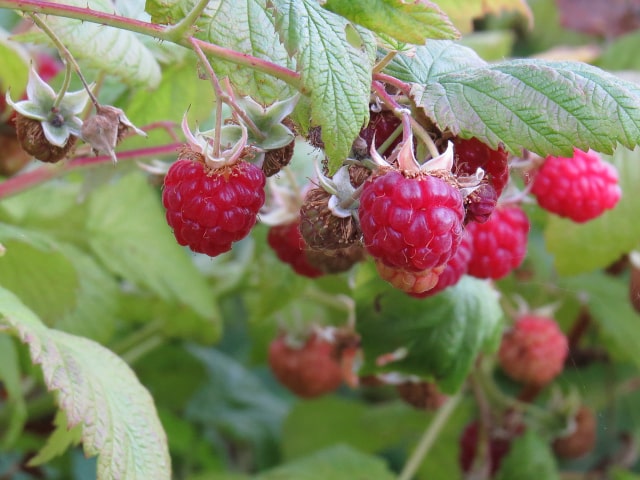
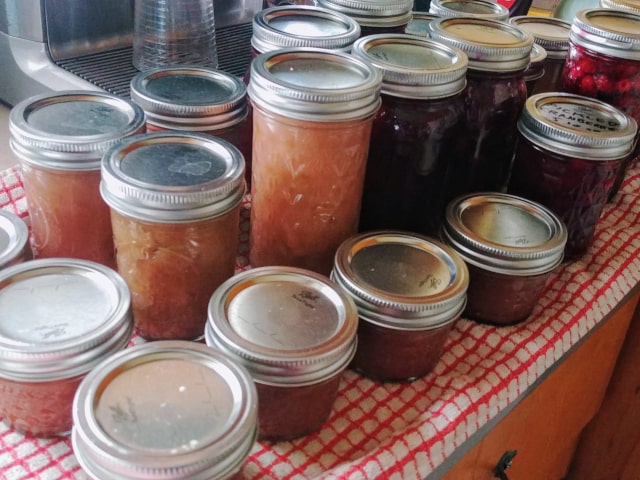
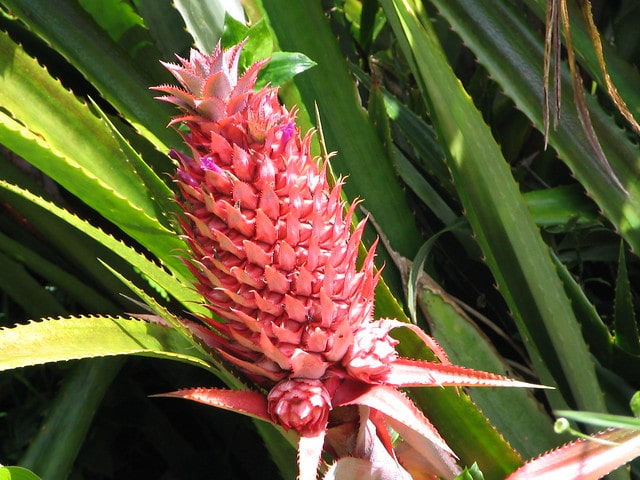
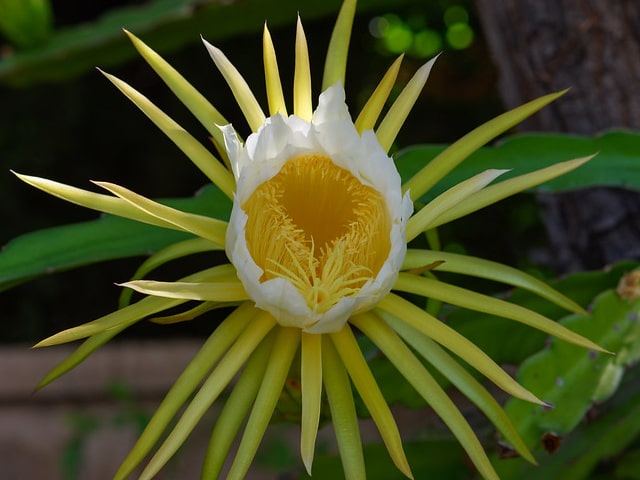
0 Comments